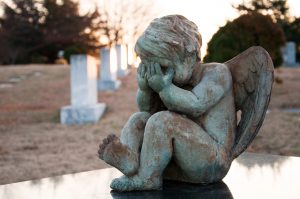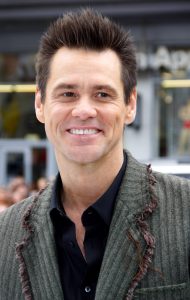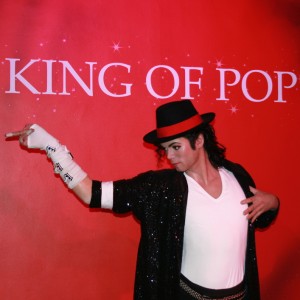 Employers are vicariously liable for the negligent actions of their employees when the employees injure others while acting within the scope and course of their employment. In Musgrove v. Silver, Cal. Ct. App. Case No. B311504, the Court of Appeal considered whether Hollywood producer Joel Silver was directly or vicariously liable for the death of his assistant while they were in Bora Bora for Jennifer Anniston’s wedding.
Employers are vicariously liable for the negligent actions of their employees when the employees injure others while acting within the scope and course of their employment. In Musgrove v. Silver, Cal. Ct. App. Case No. B311504, the Court of Appeal considered whether Hollywood producer Joel Silver was directly or vicariously liable for the death of his assistant while they were in Bora Bora for Jennifer Anniston’s wedding.
Factual and Procedural Background
Carmel Musgrove was a 28-year-old executive assistant to Hollywood Producer Joel Silver. In August 2015, Silver invited Musgrove and Silver’s personal chef, Martin Herold to travel to Bora Bora with him, his family members, and friends to Bora Bora to celebrate actress Jennifer Aniston’s wedding. Silver gave Musgrove the option of attending but did not mandate her presence. He told her if she went, she would only have minimal duties of coordinating the schedules of Silver and his family but would otherwise be free to do what she wished. He also paid all of her expenses for travel, food, and alcohol during her stay. Herold traveled to make the family’s meals but also was otherwise free to do what wished and was paid for preparing meals. His expenses were also covered, including alcohol.
 California Accident Attorneys Blog
California Accident Attorneys Blog



 On September 19, news broke that Jim Carrey is being sued in California for wrongful death by his girlfriend’s estranged husband. Carrey’s girlfriend, Cathriona White, committed suicide in September 2015 by overdosing on several different types of prescription medications. She had married Mark Burton in Las Vegas in 2013 but had dated Carrey for a couple of years afterward without divorcing Burton. Burton is thus her next-of-kin and has made multiple salacious allegations against Carrey in his lawsuit. While a media storm may have ignited, there are multiple reasons why Burton’s case will be very difficult to prove.
On September 19, news broke that Jim Carrey is being sued in California for wrongful death by his girlfriend’s estranged husband. Carrey’s girlfriend, Cathriona White, committed suicide in September 2015 by overdosing on several different types of prescription medications. She had married Mark Burton in Las Vegas in 2013 but had dated Carrey for a couple of years afterward without divorcing Burton. Burton is thus her next-of-kin and has made multiple salacious allegations against Carrey in his lawsuit. While a media storm may have ignited, there are multiple reasons why Burton’s case will be very difficult to prove.

